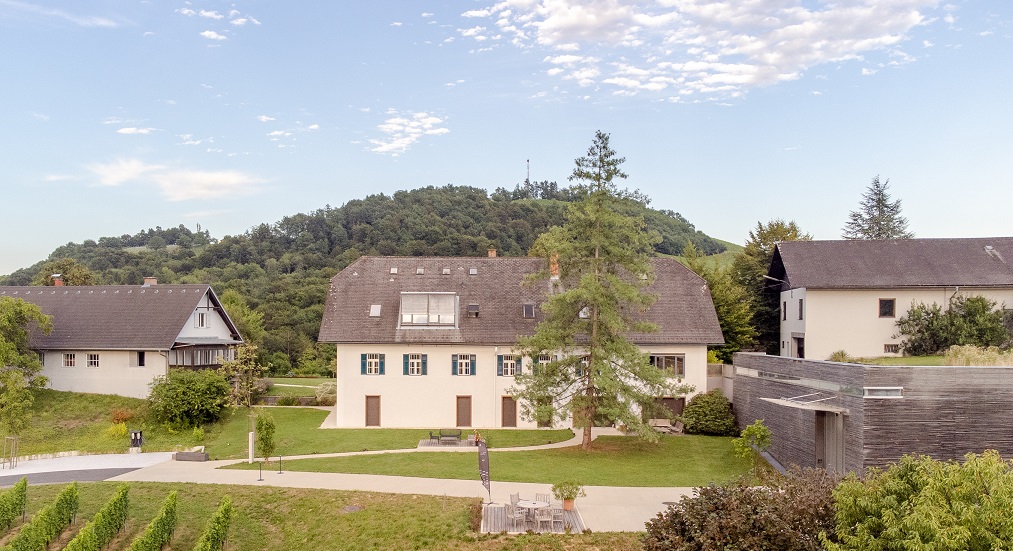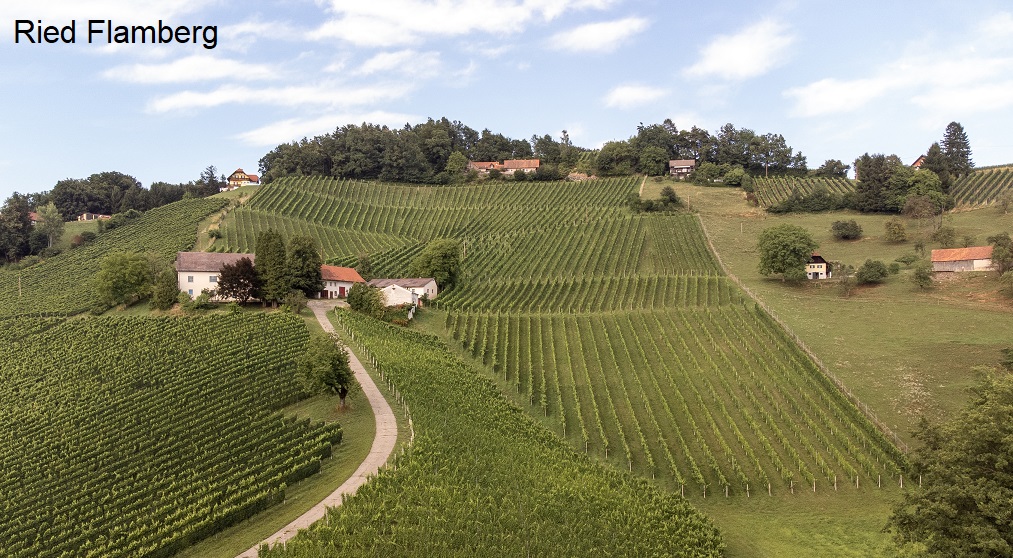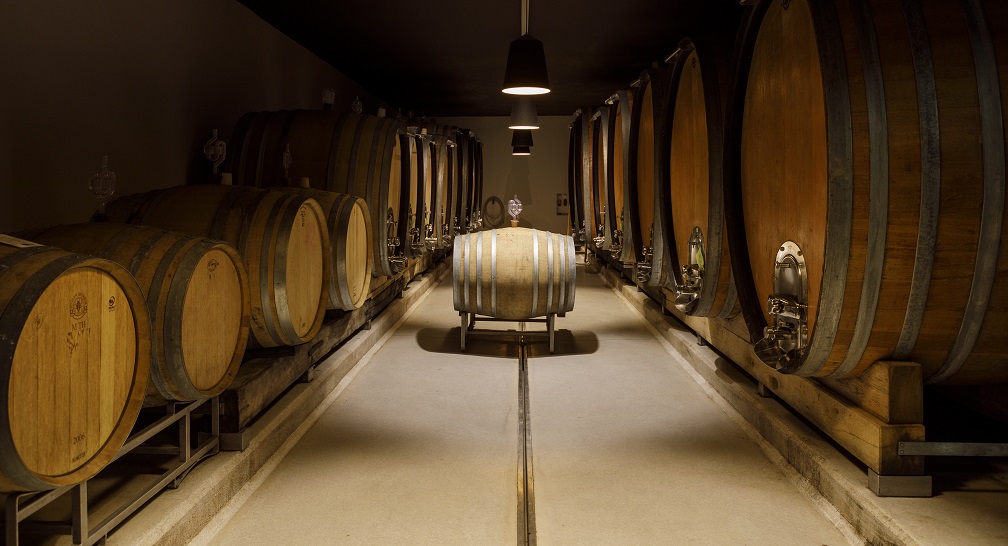currently 165,711 Wines and 25,036 Producers, including 3,204 classified producers.
 0.375 L
0.375 L
 0.375 L
0.375 L
 0.75 L
0.75 L
 0.75 L
0.75 L
 0.75 L
0.75 L
 0.75 L
0.75 L
This traditional winery is located in the municipality of Gamlitz in the wine-growing region of southern Styria(Austria). It has a centuries-old history, as it was described as early as 1770 in an Urbar (list of property rights) of the Strass dominion and in 1787 on the occasion of a land survey in the Josephinian cadastre. In 1976, Wilma Lackner took over the farm from her uncle, and two years later, after her marriage to Fritz Tinnacher, the estate was given its current name, Lackner-Tinnacher. In 2013, Katharina Tinnacher, a graduate engineer in plant sciences, took over the management of the farm and converted the vineyards to organic farming. A newly built wine cellar was put into operation in 2001 and was awarded by the Republic of Austria for exemplary building design. The century-old cellar vault with tasting room was renovated in 2002 and the historic manor house was converted in 2016.

The vineyards cover 27 hectares of steep slopes at 400 to 500 metres above sea level in the Steinbach (Erste STK Lage), Welles (Grosse STK Lage), Eckberg, Flamberg (Grosse STK Lage), Gamlitz (Erste STK Lage), Türken and Sernau vineyards. These are mostly planted with very old deep-rooted vines and come from selections made by grandfather Franz Lackner. They are 100% planted with white wine varieties, namely Sauvignon Blanc, Morillon, Weißburgunder, Grauburgunder (Pinot Gris), Gelber Muskateller, Welschriesling, Roter Traminer and Riesling. The vineyards are cultivated according to the rules of organic viticulture, which have been certified since 2013. The entire winery is certified according to the sustainable production rules of Sustainable Austria.

In order to reduce yields, the vines are thinned out several times. In order to achieve ideal physiological ripeness, the shoots are formed by hand to ensure optimal exposure to sunlight (exposure). The grapes are all harvested by hand, selected in the vineyard and transported quickly and gently to the cellar after the harvest. There, a second manual selection and gentle pressing of the grapes takes place. For the grape varieties Sauvignon Blanc and Gelber Muskateller, a maceration period takes place before pressing. This involves separating the berries from the stalks, gently crushing them and macerating them for several hours to extract the deep aromas from the fruit flesh. The must flows from the press into the cellar below without the use of pumps. There is 100% spontaneous fermentation.

The wines are produced in the lines Gebietswein (Südsteiermark DAC Welschriesling), Ortswein (Gamlitz and Kitzeck-Sausal Sauvignon Blanc and Gamlitz Gelber Muskateller) and single vineyard (Erste STK Lage and Grosse STK Lage). Depending on the type of wine, they are matured in stainless steel tanks or in traditional large wooden barrels with long ageing on the fine yeast. In favour of the vintage and site characteristics, barrique is not used. The premium wines include Ried Welles Sauvignon Blanc, Ried Flamberg Sauvignon Blanc, Ried Flamberg Morillon, Franz Lackner Welschriesling and Ried Gamlitz Gelber Muskateller. Noble brandies (wine, yeast, fruit) are also produced. Around 100,000 bottles of wine are produced annually. The winery is a member of Steirische Terroir & Klassikweingüter and Wein Steiermark.
Pictures: Simon Oberhofer